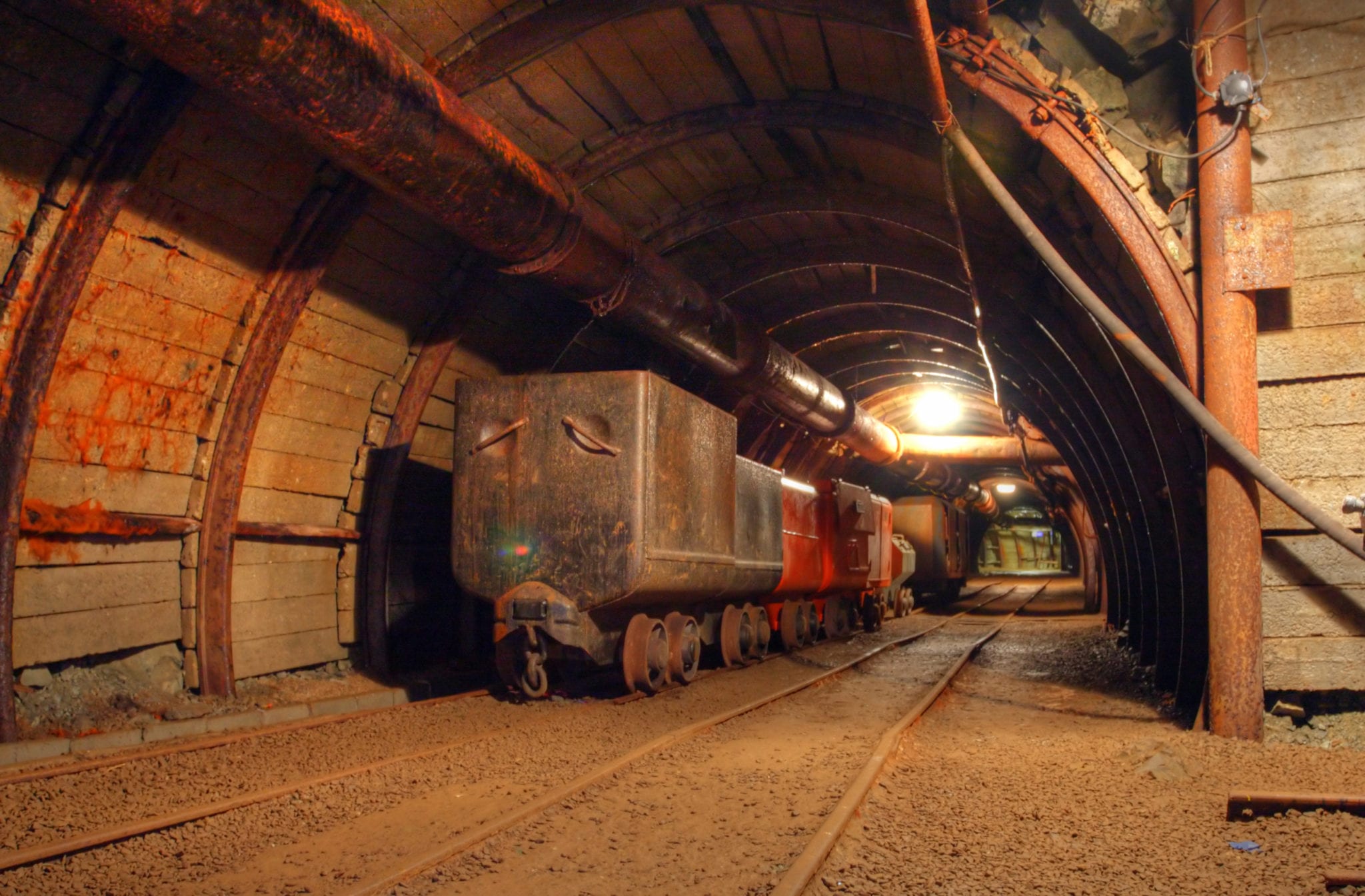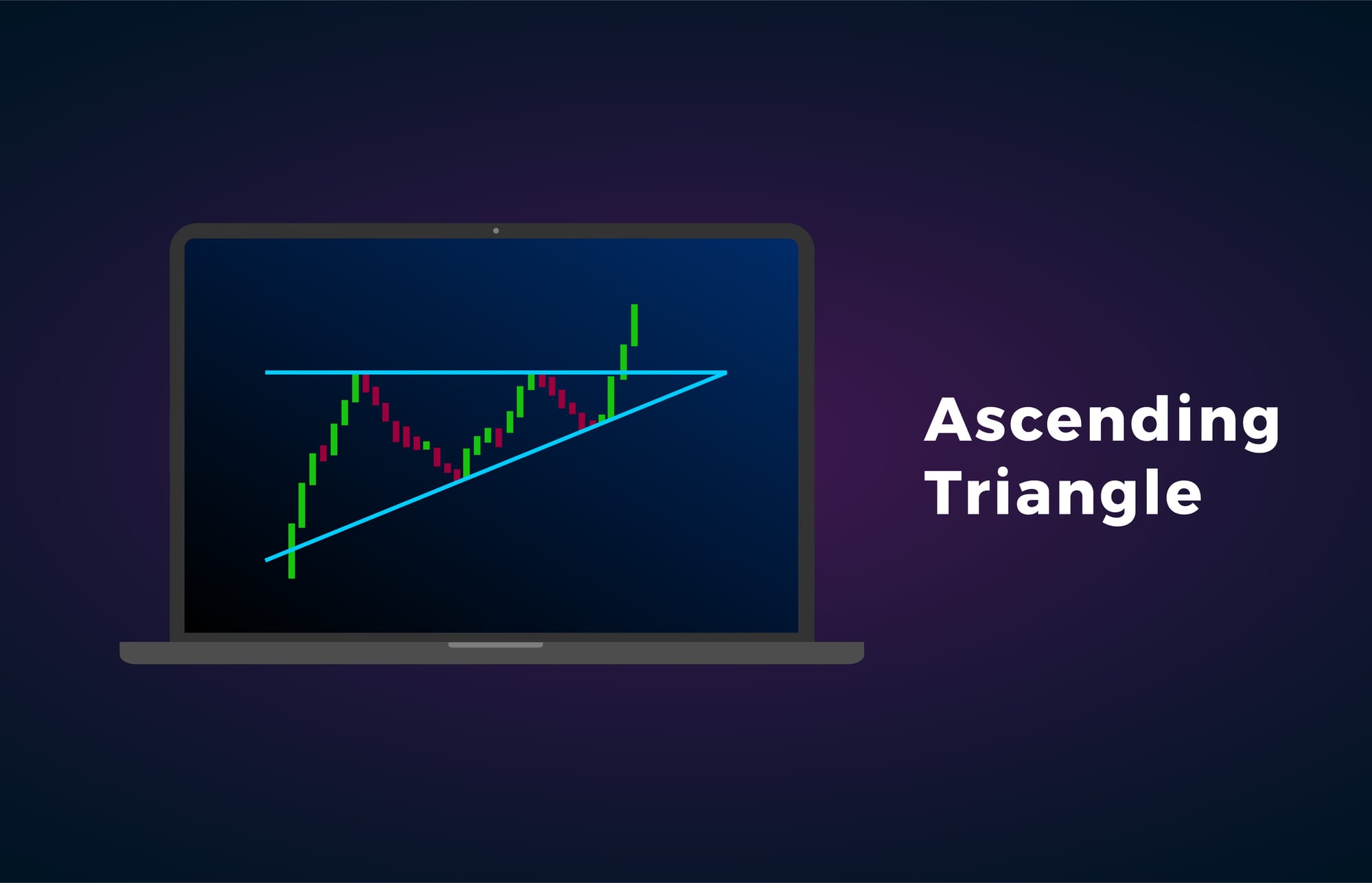Right Metal – Wrong Place!
Today Reuters published an article entitled “Analysis – In world’s top copper region political risk rises.” Resource investors need to take note of it.
Here is an excerpt:
“Some 42% of world copper mining production is under political uncertainty that could entail risks on future production,” said Juan Carlos Guajardo, head of the Chilean consulting firm Plusmining.”
Reading this article got me thinking not only about copper but of other metals as well. Let’s take a “round-the-world” broad-brush approach to metals to see if there are other concerns.
A large majority of the world’s platinum/palladium/rhodium production comes from South Africa – a country with a long history of political unrest. Cobalt is found in the Democratic Republic of Congo (DRC). The US Geological Survey reported that 70% of cobalt produced in the world in 2019 came from the DRC. This large central African nation is constantly making world news – most of it unfavorable. How about rare earth elements (REE)? In 2020, China was the world’s largest producer at nearly 60% of REEs mined.
Do you notice an alarming trend?
That’s right – many of the right minerals are in the wrong place.
An old threat to global metal production is starting to become factored into their prices. What is “old threat,” and what are its consequences?
The threat to global metal production is government policy.
Mineable deposits are now looked upon as a source of long-term tax revenue. Gone are the days of tax holidays to place new mines into production, followed by long periods of profitable production. Now mining company executives must weigh the political risk in a different manner than in the past.
Governments around the world continue to squeeze the mining industry to contribute more to their tax base. They are doing this through the implementation of mining royalties.
Mining companies, on the other hand, are in a tight spot. They must remain profitable or be left with the choice of shutting the mine down. In the meantime, it is easy to see the position that politicians take. Tax the miners – fund social programs; redistribute the wealth. Some even point out that minerals represent “sovereign wealth and that it belongs to the country’s citizens anyways. This is a message that resonates with voters and ensures their election to government office.
So, there we have it. Miners need to make money, and politicians need to threaten to tax them to get elected. Where is the middle ground? For now, in many jurisdictions, there is none. It is being worked out, and the outcome is uncertain.
This is why we have seen strong moves up in various metals; particularly in copper – the so-called “barometer of the world’s economy.”
There is another old adage that we should take note of: “Out of Adversity Comes Opportunity.”
This is certainly the case today for copper.
Companies that operate copper mines or which have copper deposits that can be developed into mines have become the focus of attention for resource investors.
This is particularly true for copper assets situated in the Southwestern United States.
Arizona is a leading copper producer in the US with an annual production of around 60 – 65% of all copper mined in that country.
However, even in “mining-friendly Arizona” there still are issues to contend with, as Rio Tinto is finding out in its quest to develop one of the world’s largest underground mines – a huge block-caving operation to extract an underground porphyry copper deposit.
Here is an interesting short video on block caving:
Block Caving Animation from Resolution Copper on Vimeo.
And for a good summary of Rio Tinto’s Resolution Copper Project, see:
Rio Tinto is facing opposition from native groups and environmentalists. It has already invested approximately $2 billion to mine a low-grade deposit that is more than 1 mile below the surface. Arizona remains a state that is receptive to mining, and the issues faced by Rio Tinto are unrelated to other considerations such as taxes and royalties.
Summary and Wrap Up
The actions of governments in various jurisdictions are leading to a similar conclusion: the mining industry is under extreme pressure to remain profitable. The risks of mineral exploration, mine development, and mining must be balanced against the reward of undertaking these activities.
There is a saying that goes like this: “Mines are Made – Not Found.” Taken literally, in today’s hostile environment toward mining, this adage rings true.
We are always on the lookout for companies that hold early-stage copper projects in the USA. Arizona and Nevada are at the top of the list for mining in the US, but other states also permit mining activity and provide a stable jurisdiction in which to operate mines.
-John Top












